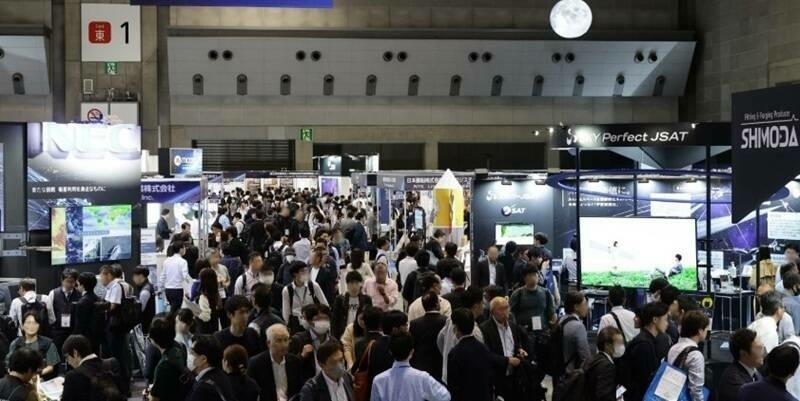Yesterday, Transport for London (TfL) announced that a fleet of its electric buses has been fitted with innovative pantograph technology to deliver rapid high-power charges to keep the buses running throughout the day.
The 18 double deckers on route 132 in London can now call into a local bus garage for a top-up which is delivered by an arm-like device that descends to connect with a power receiver on their rooves. This top-up takes less than 10 minutes and is aimed at boosting the conventional ‘slow’ charge received overnight.
It is the first time this technology has been used in the world and is part of the company’s commitment to deliver a fully zero-emission bus fleet in London by 2034, as outlined in its Bus Action Plan.
Uwe Jasnoch, director of government and transportation for EMEA at Hexagon’s Safety, Infrastructure & Geospatial Division, welcomes the use of this innovative technology and comments on what needs to be considered as the use of electric public transport continues:
“Given the rapid increase in electric vehicles, local governments, transportation companies and electricity suppliers must adapt their infrastructure so that there are enough powerful charging stations to accommodate all vehicles. Transportation suppliers will also have to service these new vehicles, and the charging times of all the electric vehicles on the network need to be taken into consideration as well – which is no easy task.
“There is also an array of challenges that can impact the efficiency of electric vehicles. For example, during a heat wave, the air conditioning in an electric vehicle can drain the battery faster than usual, and multiple stops and starts – which are of course common on bus routes – can also drain batteries quickly. As such, change management will have to become a priority for making this transition to electric transportation a true reality.
“It’s also necessary to factor in the larger city ecosystem by analysing networks like electricity lines, water pipes, and road networks, as well as aggregating power line data and features with an overview of the planned bus routes within a city. This is important because it will detect routes where charging a vehicle during a shift may pose problems due to weak power lines in a certain area. Authorities also need visibility into vehicle routes, battery life, the location of charging stations — even resting times for drivers – to plan effectively. Data monitoring and analysis will therefore rise in importance, especially with 3D capabilities, as this will provide a complete citywide view of traffic, weather, battery life, and roadwork to see and respond to issues before they arise.
“The public transportation arena has seen an explosion in game-changing technology, much like this, which satisfies emerging sustainability initiatives. Local governments and transportation companies must ensure their data monitoring and analytics capabilities are aligned with their wider plans for technological advances in order to avoid hindering their potential.”
Subscribe to our newsletter
Stay updated on the latest technology, innovation product arrivals and exciting offers to your inbox.
Newsletter

